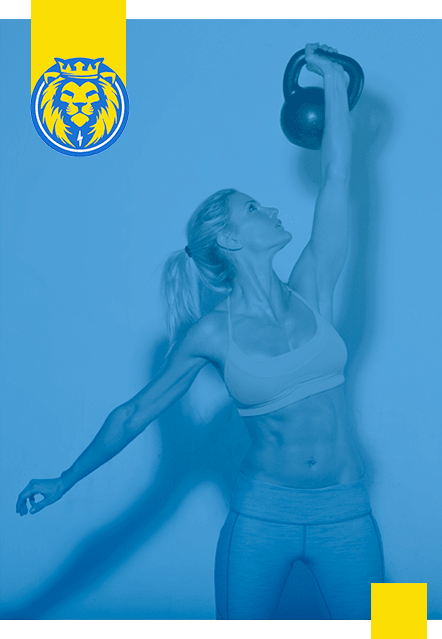
Should You Stretch Before or After Workouts, or Not At All?
Stretching, a fundamental aspect of any fitness regimen, often raises questions about its timing and effectiveness. Should it be done before or after training, or is it unnecessary altogether? The answer hinges on understanding the types of stretching, the duration and timing relative to exercise, and individual flexibility needs. This blog delves into the physiology and neurology of stretching to provide a comprehensive guide on how to incorporate it effectively into your routine.
Understanding Stretching Types
Stretching can be broadly categorized into two types: dynamic and static. Dynamic stretching involves active movements that warm up the muscles, like bodyweight squats or leg swings. Static stretching, on the other hand, involves holding a stretch for a prolonged period, like a hamstring stretch for 30 seconds. Each type has its benefits and drawbacks, depending on the context of your workout and individual needs.
Dynamic Stretching: Pros and Cons
Dynamic stretching is beneficial for warming up the muscles and preparing the body for physical activity. It has been shown to improve performance metrics like strength, speed, and vertical jump. However, it may not be as effective in creating long-term improvements in flexibility or range of motion.
Static Stretching: Impact on Flexibility
Static stretching can lead to both immediate and long-term improvements in flexibility. It works by initially overcoming neurological resistance (through mechanisms like autogenic and reciprocal inhibition) and eventually leading to changes in the connective tissue. This type of stretching is particularly beneficial for individuals with limited mobility or flexibility, as it can help them achieve a better range of motion and reduce the risk of injury.
Physiology Behind Stretching
Understanding the physiology of stretching is crucial. Human movement involves the nervous system, muscles, and connective tissues. Muscle spindles and Golgi tendon organs play significant roles in this process. Muscle spindles, located within the muscle, respond to stretching by contracting the muscle, a mechanism known as the stretch-shortening cycle. Golgi tendon organs, found in tendons, respond to tension by inhibiting muscle contraction. These mechanisms are essential for protecting muscles from overstretching and injury.
Proprioceptive Neuromuscular Facilitation (PNF) Stretching
PNF stretching is an advanced method that combines muscle contraction and relaxation to improve flexibility. It involves contracting the muscle being stretched (autogenic inhibition) or its opposing muscle (reciprocal inhibition) before stretching. This technique is highly effective for both immediate and long-term flexibility gains but can do more harm than good for those with poor flexibility or populations with special considerations.
Should You Stretch Before or After a Workout?
The decision to stretch before or after a workout depends on several factors:
1. Dynamic Stretching Before Workouts: Generally, dynamic stretching is recommended before workouts to prepare the muscles for physical activity without compromising performance.
2. Static Stretching for Specific Needs: Static stretching before a workout can be beneficial for individuals with extremely poor flexibility, as it helps them achieve a safer range of motion. However, it may temporarily reduce power and speed, so it's not ideal before activities requiring maximal effort, like weight training or sprinting.
3. Static Stretching After Workouts: Post-workout is an excellent time for static stretching. It helps in cooling down and can contribute to long-term flexibility improvements.
4. Individual Goals and Context: The choice between dynamic and static stretching should align with personal fitness goals, the nature of the sport or activity, and individual flexibility levels.
Practical Tips for Effective Stretching
1. Understand Your Body: Assess your flexibility needs and tailor your stretching routine accordingly.
2. Incorporate Both Stretching Types: Use dynamic stretches as part of your warm-up routine and static stretches post-workout or on rest days for flexibility improvements.
3. Avoid Overstretching: Listen to your body and avoid pushing beyond comfortable limits to prevent injury.
4. Consistency is Key: Regular stretching is essential for seeing improvements in flexibility and range of motion. Infrequent stretching has not been shown to increase flexibility.
Stretching, whether dynamic or static, is a vital component of a well-rounded fitness regimen. By understanding the science behind stretching and how it affects the body, you can make informed decisions about when and how to incorporate it into your routine for optimal performance and flexibility.
Start integrating stretching into your daily routine, paying attention to your body's needs and the demands of your physical activities. Remember, the right stretching approach can enhance your performance, prevent injuries, and contribute to your overall well-being. To get started with a holistic health and fitness program designed to optimize your performance and well-being, schedule a starting point consultation with our expert team at Legacy Personal Training Today.

